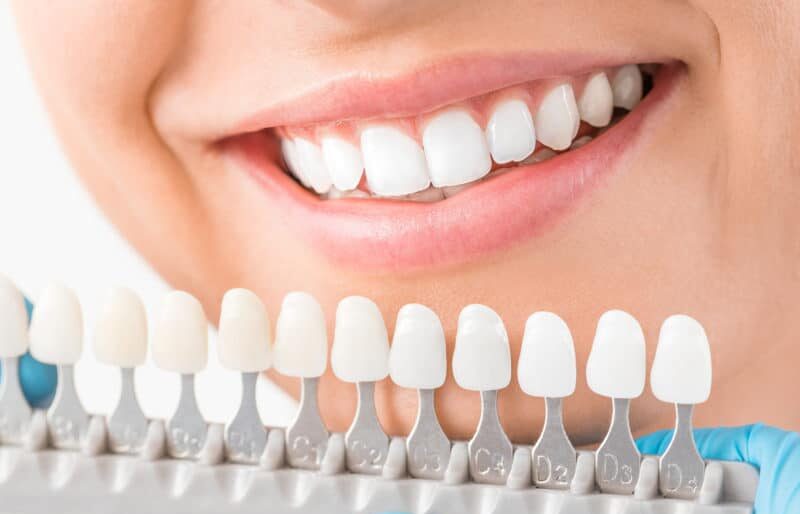Are you looking to know The Different Methods of Teeth Whitening: Which Option Is Best for You? then read this article to find out Different Methods of Teeth Whitening: Which Option Is Best for You

Having naturally bright white teeth is rare, but many people want a Hollywood-style smile. This has made teeth whitening one of the most popular cosmetic dental treatments in the U.S. If you’re considering your options, a Dentist Lower Manhattan can guide you toward the most effective and safe treatments. If you want to brighten your smile, there are many whitening options available—ranging from at-home products to professional dental treatments.
At-Home Whitening Options
Many people start with over-the-counter products. These are easy to find and cheaper than professional care, but they often work more slowly and give less dramatic results.
- Charcoal toothpaste: Works only on surface stains but does not whiten deeper discoloration.
- Whitening toothpastes: They have gentle abrasives and sometimes hydrogen peroxide that slowly help whiten teeth.
- Whitening rinses: Often marketed as whitening products but usually provide very little effect.
- Whitening gels and strips: Use peroxide to bleach teeth. Gels and strips stay on longer than toothpaste, which makes them more effective, but strips may miss curved areas between teeth and sometimes irritate the gums.
These products can help with mild discoloration but usually take weeks to show results.
Professional Whitening
Dentists offer stronger whitening treatments that give faster and more noticeable results. The most popular option is Zoom! laser whitening. In this treatment, a peroxide-based gel is applied to the teeth and then activated with a special light, making teeth several shades lighter in just one session. With good care, the results may last for a year or even longer.
The main benefits of in-office whitening are safety, effectiveness, and speed. Your dentist supervises the entire process, reducing risks and ensuring better results compared to store-bought kits.
Porcelain Veneers, Crowns, and Bridges
For teeth that are too stained or thin for whitening, porcelain restorations are another option.
- Veneers: Thin porcelain shells are applied to the front of teeth. They resist staining and can last 10–15 years.
- Crowns and bridges: Cover the whole tooth or replace several teeth. They strengthen weak teeth while also improving appearance.
These options provide a long-lasting white smile but are more expensive than whitening treatments.
Why Teeth Change Color
Teeth naturally darken with age. Drinking coffee, tea, soda, and certain medications can also stain them over time. Enamel (the outer layer) becomes thinner as we get older, while the inner dentin darkens, leading to a yellow appearance.
Choosing the Right Treatment
The most suitable whitening method depends on your specific needs, budget, and the kind of discoloration present. They are stain-resistant and can last 10–15 years. If you want quick and effective results, professional whitening like Zoom! is often the top choice. For permanent results or when whitening isn’t enough, porcelain veneers or crowns may be better.
Before deciding, always consult your dentist. They can evaluate your teeth and recommend the safest and most effective way to achieve the bright smile you’re looking for.